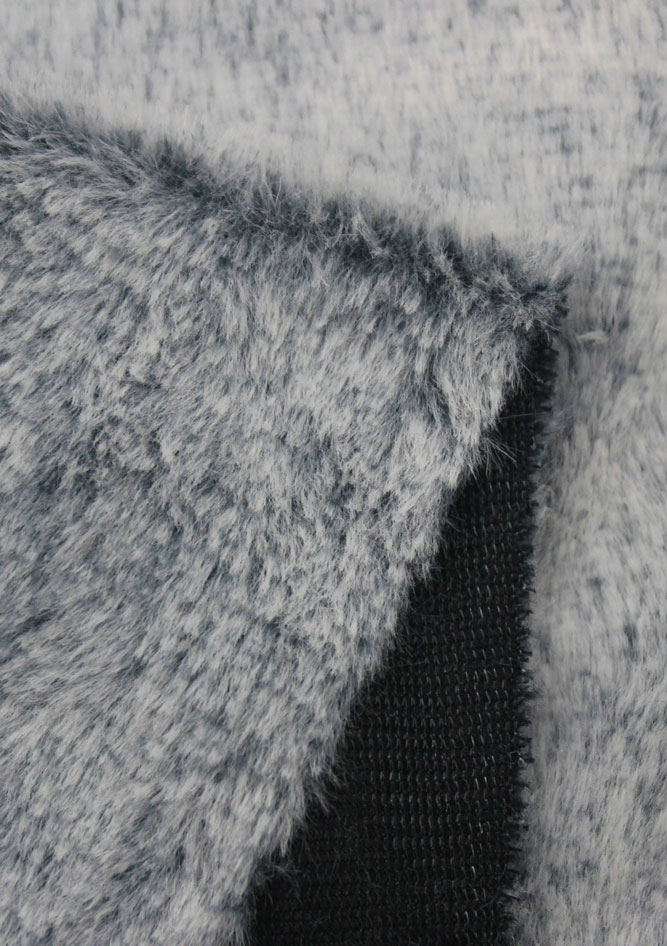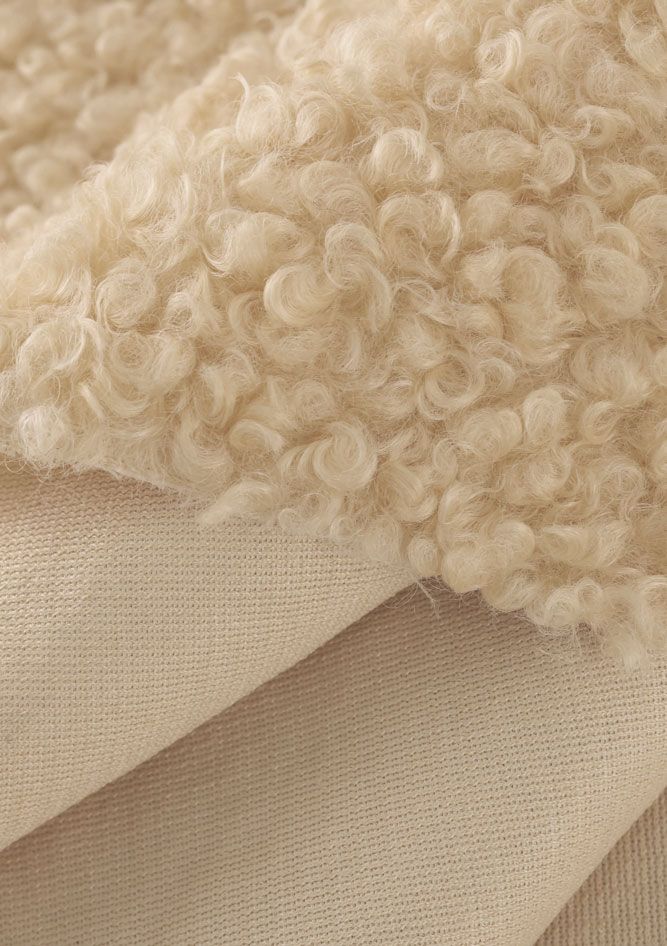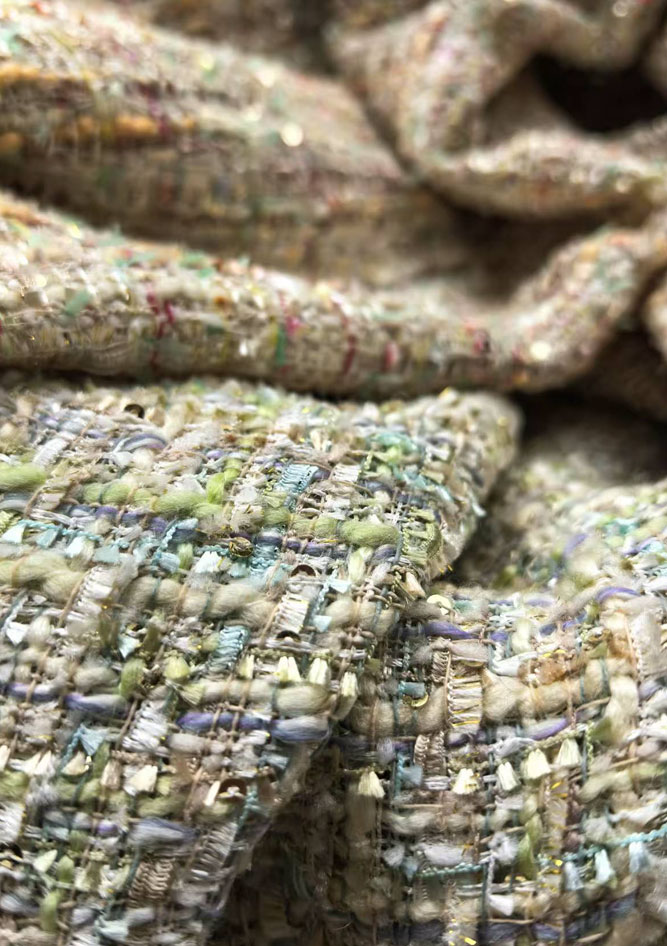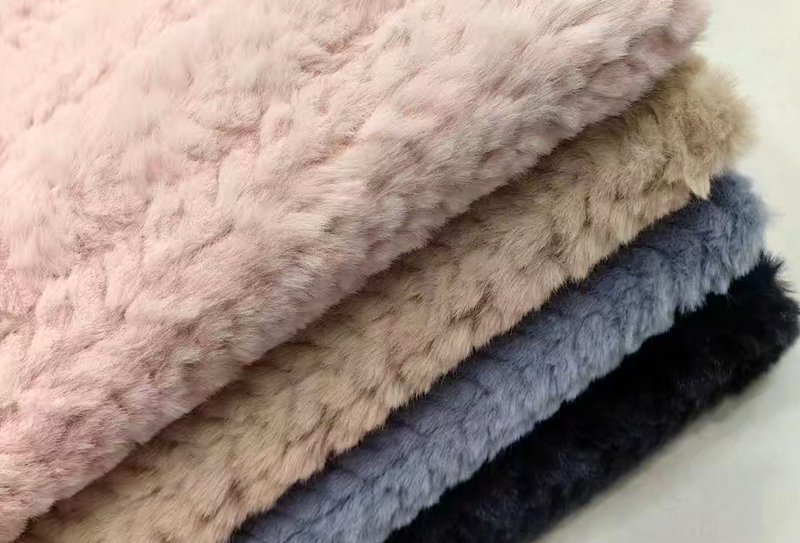The Rise of Conscious Consumerism in Fashion The fashion industry is undergoing a profound transformation as consumers increasingly prioritize ethical considerations in their purchasing decisions. This shift toward conscious consumerism has created an unprecedented demand for sustainable alternatives that don't comprom...
READ MOREOur Collections
Three-dimensional Brush Flowers Fabric Suppliers
Three-dimensional Brush Flowers Fabric
-
-
Understanding Short Plush Fabric and Its Key Characteristics Short plush fabric represents a specialized category within the broader plush textile family, characterized by its shorter pile height and distinct performance attributes. Unlike traditional plush fabrics that often feature longer, more luxurious fibers, shor...
READ MORE -
Unveiling the Unique Texture of Curly Particles Plush Fabric The world of textile innovation is continually evolving, introducing materials that redefine our expectations of comfort and style. Among these advancements, Curly Particles Plush Fabric has emerged as a standout, captivating designers and consumers alike wit...
READ MORE
Understanding Three-dimensional Brush Flowers Fabric: Materials, Techniques, and Applications
Three-dimensional brush flowers fabric is a decorative textile that combines artistic brushwork patterns with textured, raised floral designs. This fabric is widely used in fashion apparel, home textiles, and accessories due to its aesthetic appeal and tactile quality. The three-dimensional effect is achieved through specialized weaving or brushing techniques, giving the fabric depth and visual interest that flat printed fabrics cannot provide.
Zhejiang Shaoxing Wanyi Textile Technology Co., Ltd, established in 2019 and located on the 1st floor of Zone 1, Keqiao North Link Market—the largest textile trading center in Asia—has extensive experience in producing high-quality plush fabrics. The company has focused on one-stop solutions for plush fabrics, including processes such as plain colors, PV velvet, faux fur, foil, embroidery, and brushing. Their expertise allows them to manufacture three-dimensional brush flowers fabric that meets both aesthetic and functional requirements.
Materials
The primary materials used in three-dimensional brush flowers fabric include:
- Polyester fibers – for durability and vibrant color retention
- Cotton blends – for softness and breathability
- Velvet or plush base fabrics – to enhance texture and depth
- Eco-friendly dyes and finishing agents – for sustainable production
Techniques
Creating the three-dimensional brush flowers effect typically involves:
- Brushing: Raising the surface fibers to create a tactile pattern
- Embroidery or applique: Adding extra layers for depth
- Printing: Using brush-style prints that align with the raised textures
- Heat-setting: Stabilizing the 3D patterns for durability
Applications
Three-dimensional brush flowers fabric is highly versatile, commonly applied in:
- Fashion apparel: dresses, jackets, and evening wear
- Home textiles: decorative cushions, throws, and wall hangings
- Accessories: handbags, hats, and scarves
- Specialty products: event decorations and theatrical costumes
Key Advantages
| Feature | Benefit |
|---|---|
| Textured Design | Creates a visually appealing and tactile surface |
| Durable Base Material | Ensures longevity for apparel and home use |
| Color Retention | Maintains vibrancy after repeated washing |
| Versatility | Suitable for fashion, home decor, and accessories |
| Sustainable Production | Aligns with eco-friendly and social responsibility standards |
By leveraging years of experience in plush fabrics, Zhejiang Shaoxing Wanyi Textile Technology Co., Ltd ensures that three-dimensional brush flowers fabrics are produced with high quality, market competitiveness, and sustainable practices. Their mission is to provide value for customers and employees while contributing to green textile technology, aiming to become a leading global manufacturer of plush fabrics.
The Advantages and Challenges of Using Three-dimensional Brush Flowers Fabric in Fashion and Home Textiles
Three-dimensional brush flowers fabric is gaining popularity in both fashion and home textiles due to its unique textured appearance and visual depth. It combines artistic brush-style patterns with raised floral elements, creating a tactile and visually appealing surface. Zhejiang Shaoxing Wanyi Textile Technology Co., Ltd, established in 2019 and located on the 1st floor of Zone 1, Keqiao North Link Market—the largest textile trading center in Asia—has extensive experience in producing high-quality plush fabrics, including three-dimensional brush flowers fabric. The company focuses on one-stop solutions and sustainable production, ensuring both quality and market competitiveness.
Advantages
| Feature | Benefit |
|---|---|
| Visual Appeal | Creates a sophisticated and artistic look in garments and home décor items |
| Textured Surface | Provides tactile interest, enhancing the sensory experience |
| Versatility | Suitable for fashion apparel, decorative cushions, throws, and accessories |
| Durable Materials | Ensures long-lasting performance even in high-use applications |
| Customization | Supports various patterns, colors, and textures to meet market trends |
Challenges
| Challenge | Explanation |
|---|---|
| Production Complexity | Creating 3D patterns requires skilled craftsmanship and precise techniques |
| Cost | Specialized processes and materials can increase manufacturing costs |
| Maintenance | Cleaning and care may be more demanding compared to flat fabrics |
| Consistency | Ensuring uniform texture and pattern across large production batches can be challenging |
| Market Awareness | Educating customers about the value and care of 3D fabrics may be needed |

 English
English 中文简体
中文简体





